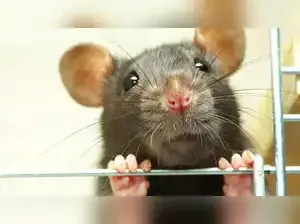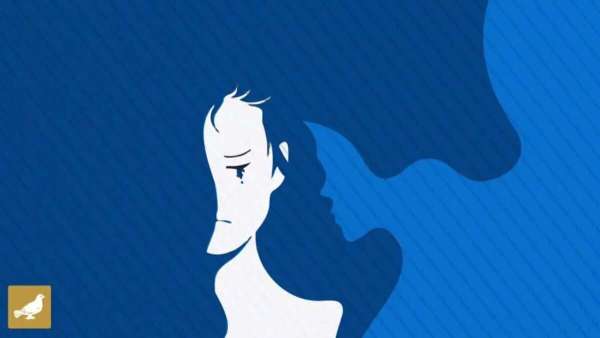A groundbreaking study from the Field Museum of Natural History has revealed that chipmunks and voles in the Chicago metro area have undergone significant physical changes over the past 125 years, driven by urbanization and climate change. Researchers Anderson Feijó and Stephanie Smith analyzed over a century’s worth of rodent skulls to track how these animals are adapting to life in a sprawling city.
The study found that eastern chipmunks (Tamias striatus) have grown larger in body size but developed shorter rows of teeth. Researchers attribute this to easy access to high-calorie, processed human food, which is softer and requires less chewing than their natural diet. The increase in size suggests chipmunks are consuming more food year-round due to human proximity.
Voles (Microtus pennsylvanicus), on the other hand, didn’t grow bigger, but their skulls changed more dramatically. They developed flatter skulls and smaller auditory bullae—bony structures in the skull linked to hearing. These adaptations are likely a response to the constant noise pollution in urban areas. Additionally, voles from densely urbanized regions showed less variation in skull shape, indicating a loss of morphological diversity.
Using museum specimens collected before 1950 and after 1980, the researchers applied geometric morphometrics to analyze cranial changes. They discovered that while both species were affected by urbanization, their responses were distinct—highlighting the complexity of evolutionary pressure in human-dominated environments.
“Urbanization and climate change can have unexpected effects on organisms that share space with humans,” the study notes. “Understanding these impacts helps us forecast how wildlife may cope with ongoing environmental change.”
The findings emphasize the need for species-specific conservation strategies as cities continue to grow. The study, recently published in a peer-reviewed journal, also underscores the value of natural history collections in documenting long-term evolutionary trends.
The study found that eastern chipmunks (Tamias striatus) have grown larger in body size but developed shorter rows of teeth. Researchers attribute this to easy access to high-calorie, processed human food, which is softer and requires less chewing than their natural diet. The increase in size suggests chipmunks are consuming more food year-round due to human proximity.
Voles (Microtus pennsylvanicus), on the other hand, didn’t grow bigger, but their skulls changed more dramatically. They developed flatter skulls and smaller auditory bullae—bony structures in the skull linked to hearing. These adaptations are likely a response to the constant noise pollution in urban areas. Additionally, voles from densely urbanized regions showed less variation in skull shape, indicating a loss of morphological diversity.
Using museum specimens collected before 1950 and after 1980, the researchers applied geometric morphometrics to analyze cranial changes. They discovered that while both species were affected by urbanization, their responses were distinct—highlighting the complexity of evolutionary pressure in human-dominated environments.
“Urbanization and climate change can have unexpected effects on organisms that share space with humans,” the study notes. “Understanding these impacts helps us forecast how wildlife may cope with ongoing environmental change.”
The findings emphasize the need for species-specific conservation strategies as cities continue to grow. The study, recently published in a peer-reviewed journal, also underscores the value of natural history collections in documenting long-term evolutionary trends.








